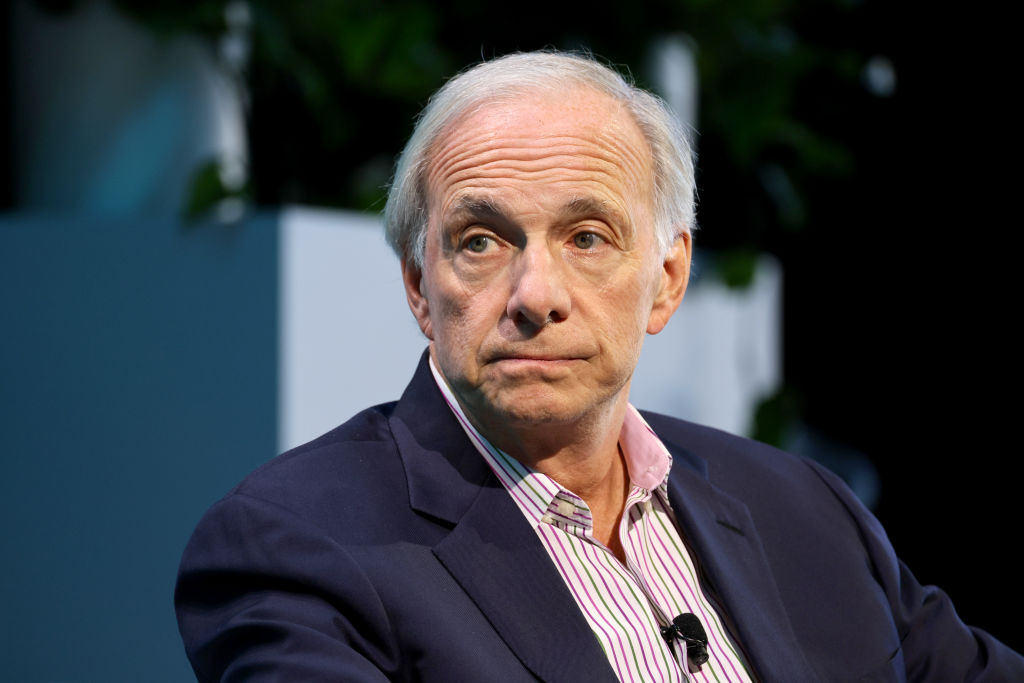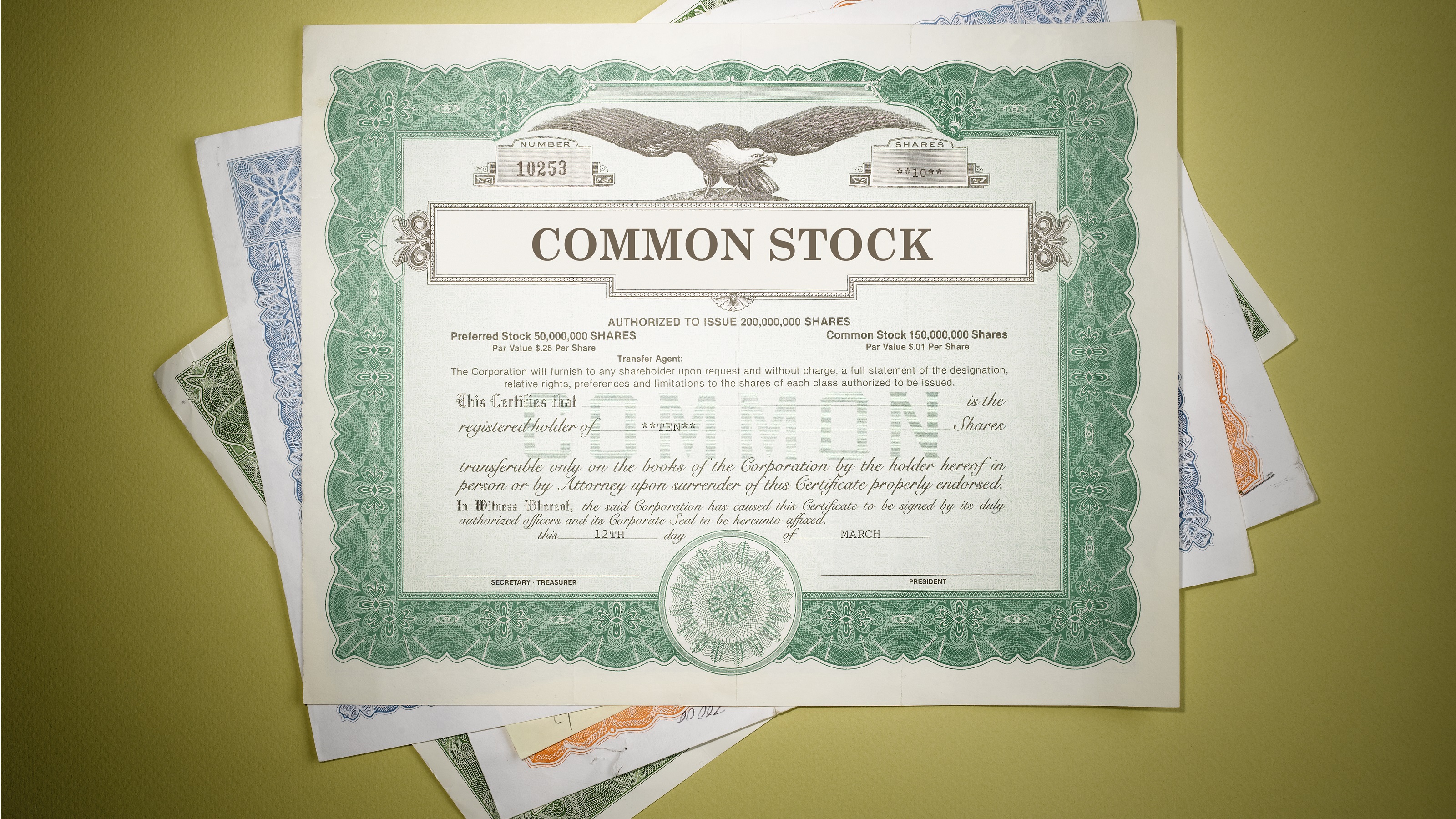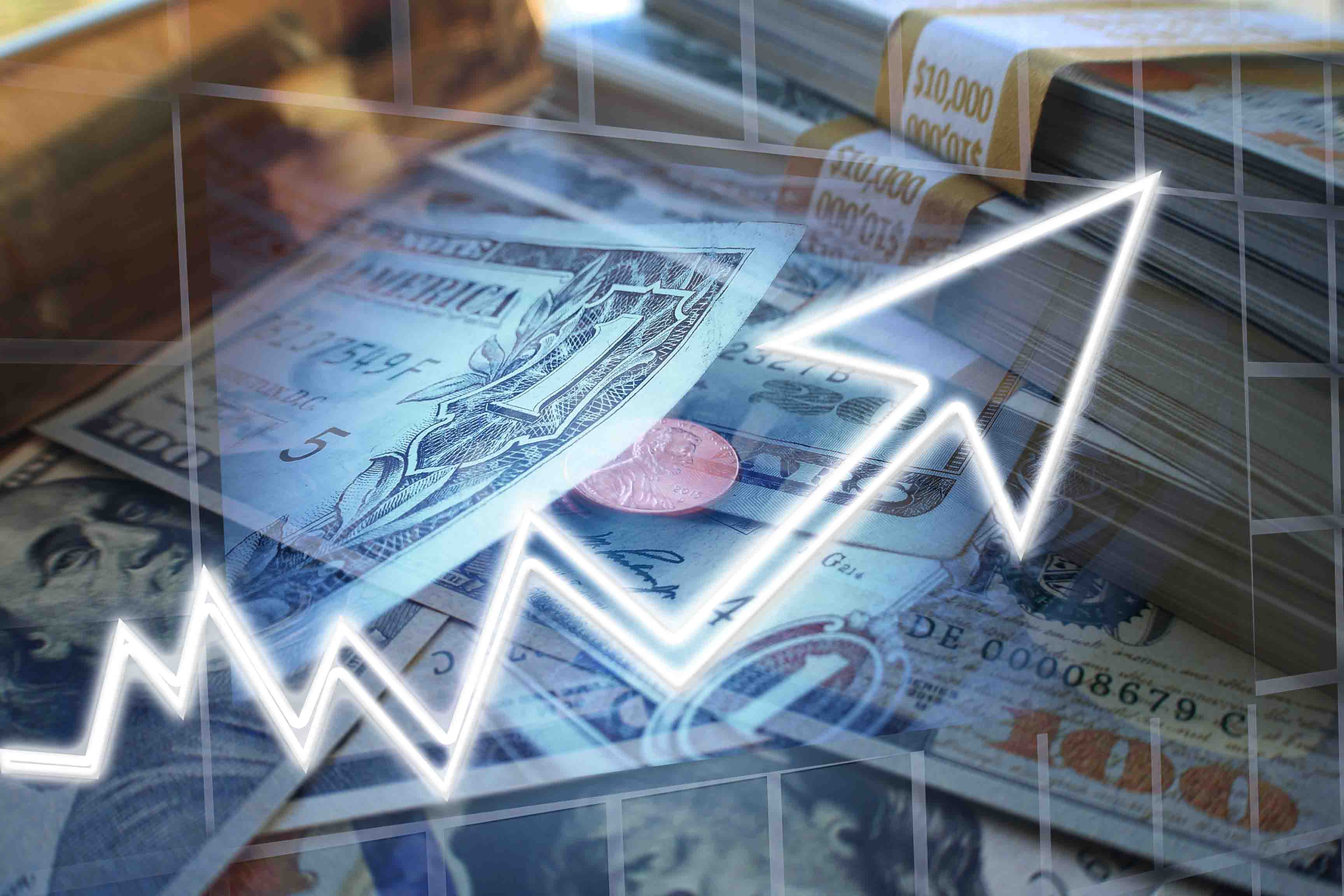Why I Still Won't Buy Gold: Glassman
One reason I won't buy gold is because while stocks rise briskly over time – not every month or year, but certainly every decade – gold does not.


In early December 2023, gold hit a record price of $2,147 an ounce. Investors are paying attention. With inflation running hot for three years in a row, is now the time to put gold in your portfolio?
Over the years, I have been a leading disparager. Consider just a few of the things I have written about gold in Kiplinger and elsewhere: "I am not a fan of gold" (1999). "Stay away from gold. It is a barbaric relic" (2002). "Let me put my prejudices on the table: I loathe gold" (2014). But is this time different? Let's begin with gold's biggest liability: With the exception of a single decade, it has not been a good long-term investment.
Forget Barrick Gold (GOLD), Newmont Mining (NEM) and Agnico Eagle (AEM), the large gold-mining companies. They have been terrible performers and are unlikely to get any better.

Sign up for Kiplinger’s Free E-Newsletters
Profit and prosper with the best of expert advice on investing, taxes, retirement, personal finance and more - straight to your e-mail.
Profit and prosper with the best of expert advice - straight to your e-mail.
The most convenient way to own the metal itself is via an exchange-traded fund (ETF) such as the SPDR Gold Shares (GLD), whose value is linked to the price of bullion. Over the past 10 years, Gold Shares has returned a paltry 5.1% annualized, compared with 11.9% for the SPDR S&P 500 (SPY), the ETF linked to the popular large-stock index.
An investment of $10,000 in the gold fund became $16,445 over that time; the same amount in large-capitalization stocks became $30,782. The gold ETF was volatile, too. It lost money in five of the past 10 calendar years and beat the S&P ETF in only three.
The 1970s were an outlier decade for gold
Gold's history isn't inspiring. After President Nixon ended the government's promise to convert dollars to gold at a fixed price, an ounce soared from an average of $36 in 1970 to $615 in 1980. But that amazing rise was an anomaly, driven by pent-up demand from price controls and a crazy decade of slow growth and high inflation because of poor fiscal and monetary stewardship.
In February 1981, I wrote an article for The Atlantic about the fears of gold enthusiasts ("goldbugs," as they were called) that the newly elected president, Ronald Reagan, and his Federal Reserve chief, Paul Volcker, would set America's economic house in order, thus crushing gold. Those fears were realized, and it took 27 years for the price of gold to get back to its 1980 level.
Gold tripled over the next five years, then stagnated and fell again. In 2016, gold seemed to anticipate the return of inflation – or maybe it just got too cheap, or investors got nervous about what the surprising new president would do. The Gold Shares ETF jumped just over a total of 50% during the Trump years, then flattened out from 2021 to 2023.
Since 1990, gold has gone from $386 an ounce to that recent record of $2,147. Sound good? That's an increase of a factor of a little less than six. Over the same period, the Dow Jones Industrial Average rose by a factor of 14. Gold increased at less than 5% annually; stocks, 8%. Obviously, such calculations depend on where you start, but any post-1980 analysis has gold rising at a far lower rate than stocks.
Here's the kicker: Gold doesn't pay dividends. Stocks do – and I am not even counting their dividends in the analysis above. In fact, if you hold physical gold, you have to pay a fee for the storage.
Fundamentals favor stocks over gold by a mile
As a commodity with no significant industrial use, gold increases mainly with the cheapening of the dollars used to purchase it (that is, the effect of inflation), plus the emotions – mostly fear – of the buyers.
Gold also benefits from the rising wealth of the world, which drives the demand for jewelry, but that demand is counterbalanced with increasing supply through better mining. Production has risen 50% since 1997, which is one reason Barrick Gold's stock is cheaper today than it was then.
Stocks, by contrast, increase because the value of the underlying companies is determined by the imagination and diligence of the humans who manage and work for them. When you buy stocks, you buy brains and hard work. You get to ride along on the dream train with the inventors of a phone that can tell you everything about the world and lets you video chat with relatives 10,000 miles away, the engineers who figured out how to drill for oil sideways, the scientists who developed treatments to put cancer into remission and medicine to make you thin, the builders of cruise ships that carry 8,000 passengers, the fashion designers who make yoga wear, and the streaming-media providers who make it possible to watch a TV series whenever and wherever you please.
Gold certainly has a mystique as a haven. But in times of catastrophe, gold's record is mixed. Yes, during the financial crisis of 2008, gold rose 5% as stocks dropped 38%. And when COVID struck in early 2020, the S&P 500 index fell 34% in just over five weeks while gold held nearly all its value. But after the attacks of 9/11, for example, gold and stocks performed about the same. Plus, when it comes to safe havens, U.S. Treasury bonds have typically been a better bet.
Isn't gold a hedge against inflation?
The rate of growth in the Consumer Price Index zoomed from 1.2% in November 2020 to a peak of 9.1% in 2022 – one of the steepest increases in U.S. history. During that time, stock prices rose, then fell, and wound up being flat overall. Gold was flat, too. In fact, gold didn't take off until the inflation rate peaked and started falling.
The reason that gold isn't an unmitigated delight during inflationary times is that when consumer prices rise, interest rates go up as well. Gold typically suffers when interest rates are high because it doesn't pay interest or dividends, so its relative position declines against bonds yielding 5% and stocks yielding 2%.
Who should buy gold?
And stocks, of course, rise briskly over time—not every month or every year, but almost always over a decade and more. Gold does not. The case for gold, in my view, is short term only, and it goes something like this: Currently, investors have become relaxed about inflation, with the Fed signaling that cuts in interest rates may be on the way. Having been far too pessimistic, Mr. Market may have gone overboard in the other direction.
Meanwhile, look at the world. The war in Ukraine could easily spread to other parts of Europe. The war in Gaza could ignite a conflagration not just with Hezbollah but with Iran itself. And what about North Korea? Taiwan? Some even say that democracy in the U.S. itself is in jeopardy and that the debt of the richest nation in the world is getting shaky.
I'm not an alarmist, and I am aware of gold's spotty record in crises. But, for all its deficiencies, gold remains the best prospective hedge against disaster. I am definitely not buying gold as an insurance policy, but, for investors with apocalyptic views, there is probably nothing better.
James K. Glassman chairs Glassman Advisory, a public-affairs consulting firm. He does not write about his clients. His most recent book is Safety Net: The Strategy for De-Risking Your Investments in a Time of Turbulence. You can reach him at JKGlassman@gmail.com.
Note: This item first appeared in Kiplinger's Personal Finance Magazine, a monthly, trustworthy source of advice and guidance. Subscribe to help you make more money and keep more of the money you make here.
Related content
Get Kiplinger Today newsletter — free
Profit and prosper with the best of Kiplinger's advice on investing, taxes, retirement, personal finance and much more. Delivered daily. Enter your email in the box and click Sign Me Up.

-
 Ray Dalio Is Ringing Alarm Bells About 'Something Worse Than a Recession'
Ray Dalio Is Ringing Alarm Bells About 'Something Worse Than a Recession'Bridgewater founder Ray Dalio has been sounding off about his concerns for the global economy as a result of tariffs and certain policies, as well as other factors.
By Alexandra Svokos
-
 Who Pays the Most Taxes in the U.S.? Tax Burden by Age
Who Pays the Most Taxes in the U.S.? Tax Burden by AgeTax Burden Polls show that most people feel like taxes are unfair. But which age group bears the brunt of the tax burden in the United States?
By Kelley R. Taylor
-
 Can a New Manager Cure Vanguard Health Care Fund?
Can a New Manager Cure Vanguard Health Care Fund?Vanguard Health Care Fund has assets of $40.5 billion but has been ailing in recent years. With a new manager in charge, what's the prognosis?
By Nellie S. Huang
-
 What Is a Medallion Stamp? The Requirement for Transferring Securities
What Is a Medallion Stamp? The Requirement for Transferring SecuritiesTransferring securities from one account to another often requires this extra step.
By Emma Patch
-
 How Dividend Reinvestments Work for Retirement
How Dividend Reinvestments Work for RetirementWant your retirement investments to keep growing? Here's what you should know about dividend reinvestment.
By Robert H. Yunich
-
 20 Ways to Clean Up Your Finances This Spring
20 Ways to Clean Up Your Finances This SpringSpring cleaning is therapeutic and stops costly problems from building up around the home. Why not tackle the dusty corners of your finances at the same time?
By Lisa Gerstner
-
 The Free-Lunch Strategy to Reduce Risk From Tech Stocks
The Free-Lunch Strategy to Reduce Risk From Tech StocksA recent rout in tech stocks has some investors thinking more defensively. This "free-lunch portfolio" strategy can help.
By Anne Kates Smith
-
 How to Survive Market Mayhem
How to Survive Market Mayhem2025 is turning out to be a turbulent year for the market, but don't panic. Here are four ways investors can ride out the storm.
By Jeffrey R. Kosnett
-
 4 Turnaround Stocks to Consider – and 2 More to Keep an Eye On
4 Turnaround Stocks to Consider – and 2 More to Keep an Eye OnA turnaround stock is a struggling company with a strong makeover plan that can pay off for intrepid investors.
By Nellie S. Huang
-
 Has This Unconventional Growth Fund Lost Its Mojo?
Has This Unconventional Growth Fund Lost Its Mojo?The Primecap Odyssey Growth Fund has lagged the broader S&P 500, but it still boasts a solid return and provides investors with diversification.
By Nellie S. Huang